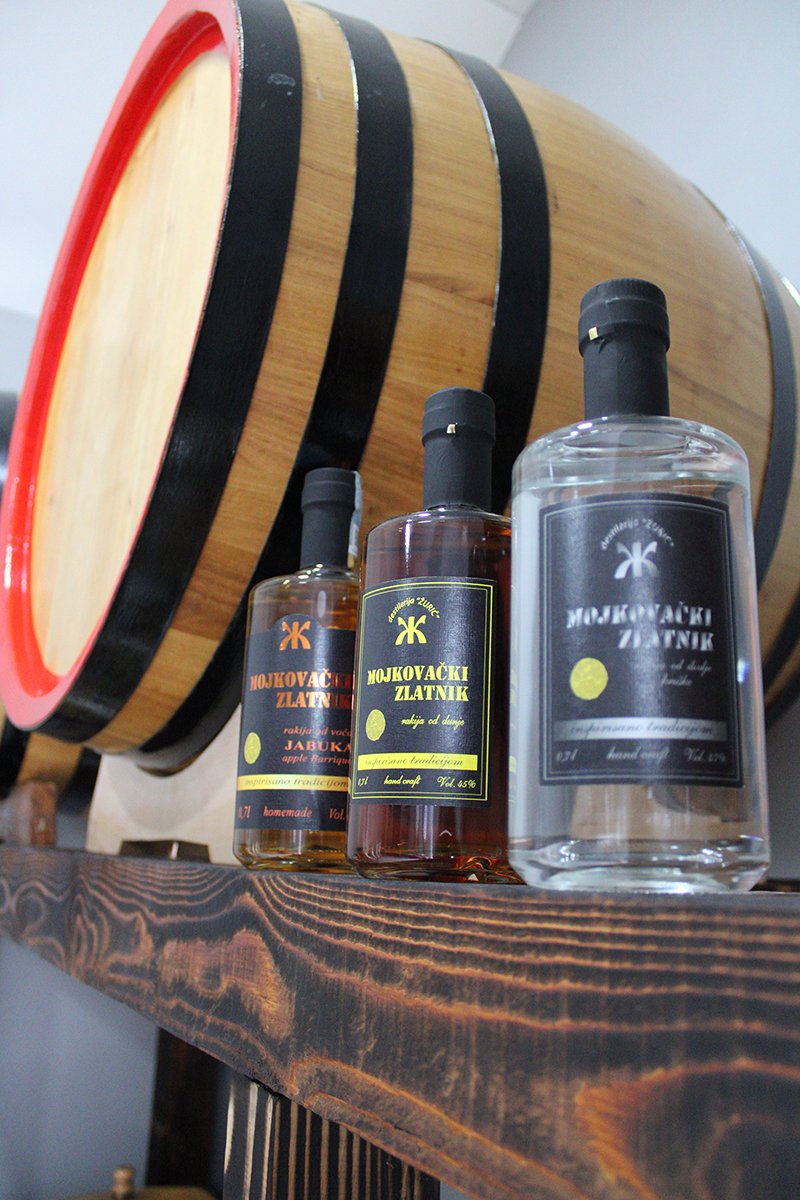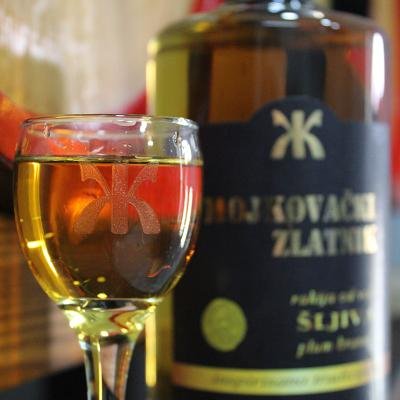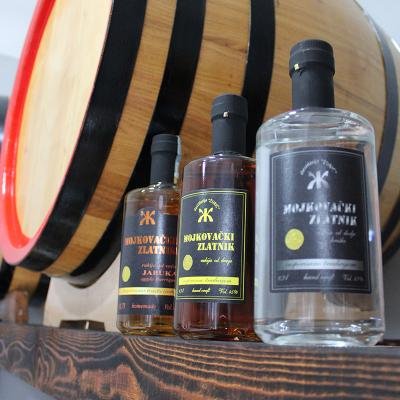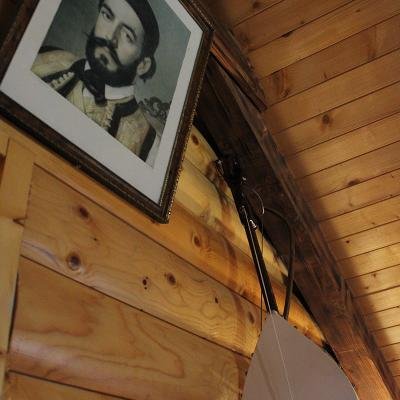DANCE - “KOLO”
It is typical for men and women to get close and make a circle (kolo), then start singing, then turn to the others, inviting them to enter the circle and start the dance. One of the bravest men enters the oro-kolo and starts dancing in a style reminiscent of an eagle. The audience immediately responds with a comeback song. A girl soon joins in, also imitating an eagle, but in a much more elegant way. The audience continues to cheer the players, and when the couple gets tired, they kiss each other on the cheek. Another couple then jumps into the circle, while the crowd's singing continues without interruption. Usually, the young men magnificently end the Montenegrin Oro by dancing in two circles, standing on each other's shoulders, which is the most recognizable scene.
SING - MONTENEGRIN SONGS
Montenegrin folk songs are small and short in form, with lyrics constantly repeated in perpetuity. They come from a rural environment and are characterized by a short melody. Their basic expression is a text that describes feelings or important historical events.
LISTEN - GUSLE
The gusle is an important part of traditional music that neither time nor modern influences have succeeded in replacing and suppressing in the villages of Mojkovac. They are a symbol of the well-known value system in our people, which has passed through the centuries with the unwritten rules of life and customs of the household. Even today, they adorn almost every house in this region. To make good gusle music, according to tradition, you need a maple branch that grew on the sunny side of a tree. Gusle strings consist of 60 horse hairs from the tail or mane, and the bow is made of harder wood with strings of about forty horse hairs. The head of the fiddle is most often carved in the shape of goat horns or an eagle, while the bow is sometimes in the form of a snake. Everything on the instrument is symbolic. A bent snake is like time flowing or time slowed down. The eagle is a symbol of height, flight, victory, and freedom, which is the vision of the gusle's folk-heroic song. The goat's horns are associated with the shepherd tradition.
Put on our Woolen Socks
The knitting of woolen socks is part of the tradition of old crafts which, despite the modern way of life and clothing, still survives. Although each part of our country had its own specific patterns and motifs that make them small works of art, it can be said that they are knitted in the same way with five needles. Each pair, brand new or mended, has its own beauty and warmth. Shepherds, grandmothers, and mothers knitted them for their household members, gave them away, or prepared them as part of a girl's dowry. Woolen socks were worn in winter to protect against the cold, but also in summer to prevent feet from sweating.
Try our Rakija (Brandy)
The tradition of making rakija still survives in our region. Rakija, a domestic brandy, is still made and produced in our families. Maybe not as often as in the old days, but still there are boilermakers who cherish the tradition and ritual of socializing next to the cauldron, or the so-called "Merry Machine".


















